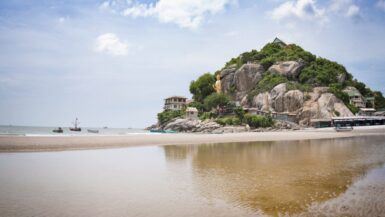Hua Hin’s origins trace back to the early 19th century when it was a simple fishing village. Local fishermen built wooden houses along the coastline, enjoying the abundant marine life and the serene beaches.
Located in Thailand, Hua Hin is a charming beach resort town that boasts a rich history and vibrant culture. Originally a quiet fishing village, Hua Hin gained popularity in the 1920s when King Rama VII decided to build a summer palace in the area. This royal endorsement put Hua Hin on the map as a fashionable destination for the elite, including members of the Thai royal family and high society.
Table of Contents
1. From a Quiet Fishing Village to a Royal Retreat
Hua Hin’s origins trace back to the early 19th century when it was a simple fishing village. Local fishermen built wooden houses along the coastline, enjoying the abundant marine life and the serene beaches.
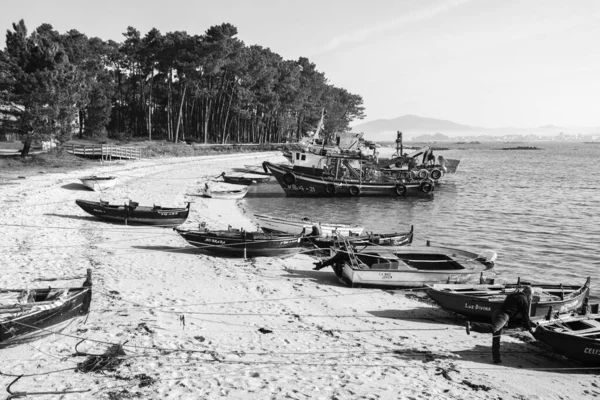
2. The Arrival of the Thai Royal Family
In the 1920s, Hua Hin transformed when King Rama VI and King Rama VII built summer palaces in the area. The most famous, Klai Kangwon Palace (meaning “Far from Worries”), became a royal getaway, attracting the Thai elite and stimulating the town’s growth. One of the most iconic landmarks in Hua Hin is the Phra Ratchaniwet Maruekhathaiyawan Palace, also known as the “Palace of Love and Hope”. This stunning teak wood palace was built in the early 1920s and served as a seaside retreat for King Rama VI. The unique design of the palace, featuring raised walkways and intricate latticework, reflects a blend of traditional Thai architecture and European influences.
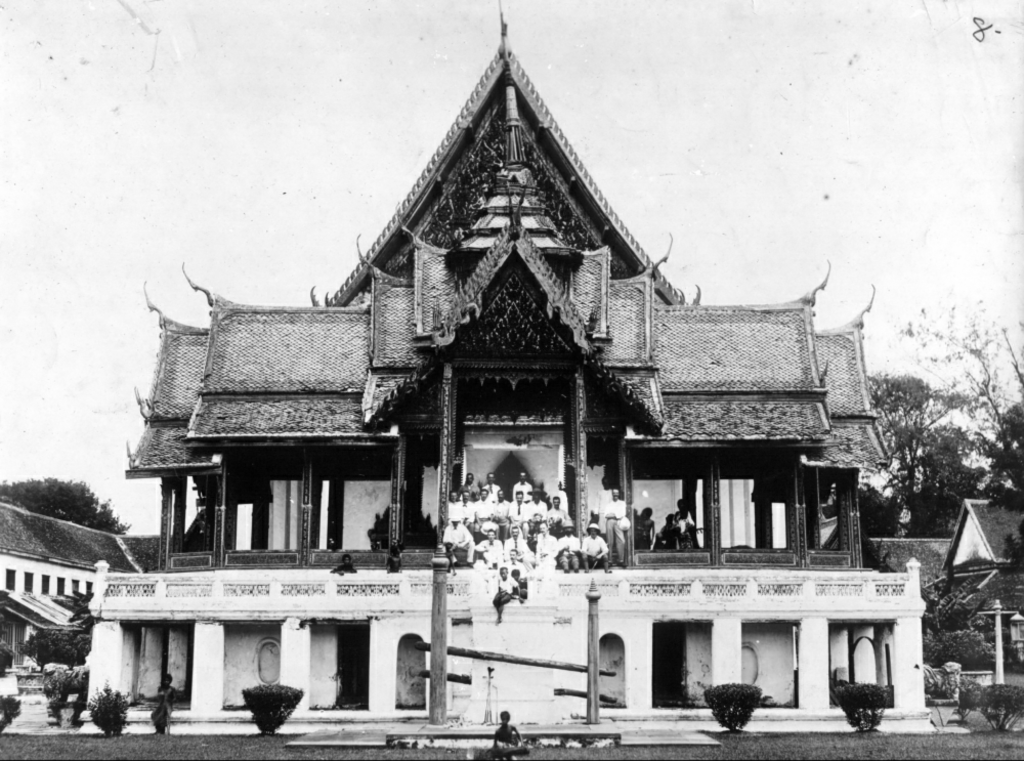
3. The Birth of Thailand’s First Seaside Resort Town
The opening of the Hua Hin Railway Station in 1921 played a pivotal role in the town’s popularity. With a direct train link to Bangkok, wealthy families and foreign visitors started vacationing in Hua Hin, leading to the construction of luxury hotels like the Centara Grand Beach Resort & Villas (formerly the Railway Hotel). Beyond its royal connections, Hua Hin offers visitors a glimpse into Thailand’s cultural heritage. The town is home to a lively night market where visitors can sample local delicacies, shop for handicrafts, and soak up the bustling atmosphere. Additionally, the Wat Khao Takiab temple, situated on a hill overlooking the town, provides panoramic views of the coastline and an opportunity for spiritual reflection.
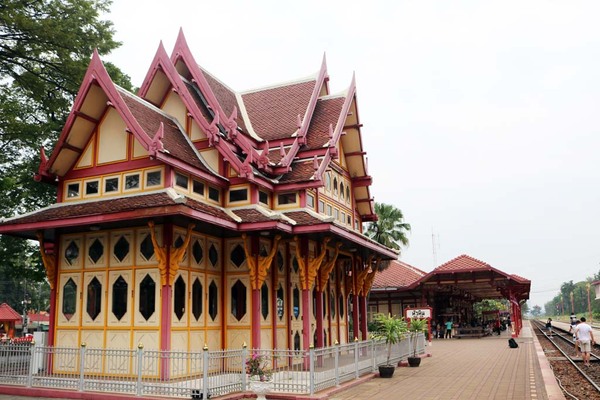
4. Hua Hin’s Growth and Modern Development
Through the 20th century, Hua Hin expanded with the development of golf courses, beachfront resorts, and international restaurants. Unlike bustling destinations like Pattaya, Hua Hin maintained its relaxed charm, making it a preferred retreat for both Thais and expats.
For nature enthusiasts, Hua Hin is surrounded by natural beauty, with pristine beaches, lush forests, and picturesque limestone peaks waiting to be explored. Visitors can partake in a variety of outdoor activities, such as horseback riding on the beach, kite surfing, or trekking through the nearby national parks.
In recent years, Hua Hin has become a popular destination for both domestic and international tourists seeking a relaxing getaway. With its mix of historic charm, cultural attractions, and natural beauty, Hua Hin continues to enchant visitors from around the world, making it a must-visit destination in Thailand.
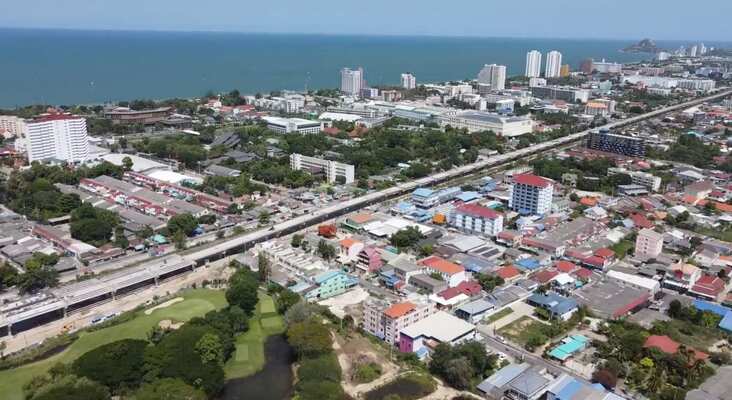
5. Hua Hin Today: A Blend of Tradition and Modernity
Today, Hua Hin is a harmonious mix of history and modern comforts. While it boasts world-class resorts, shopping malls, and vibrant night markets, it still retains its original charm through traditional fishing ports and historical sites.
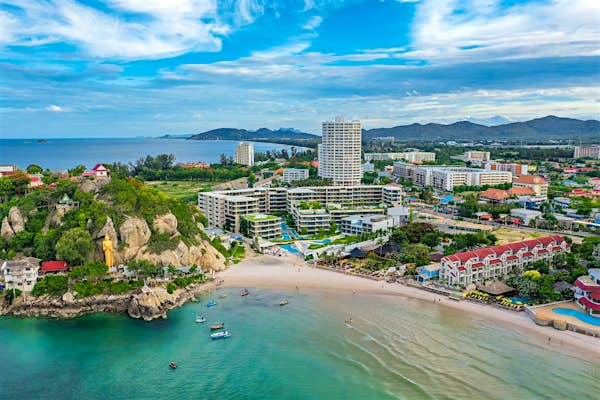
6. How to Get to Hua Hin ?
Hua Hin is easily accessible from Bangkok via multiple transport options:
✈️ By Plane
The nearest airport is Hua Hin Airport, with domestic flights available.
🚍 By Bus
Frequent buses and minivans connect Bangkok to Hua Hin, making travel convenient.
🚆 By Train
For a scenic journey, take the train from Bangkok to Hua Hin’s iconic railway station.










